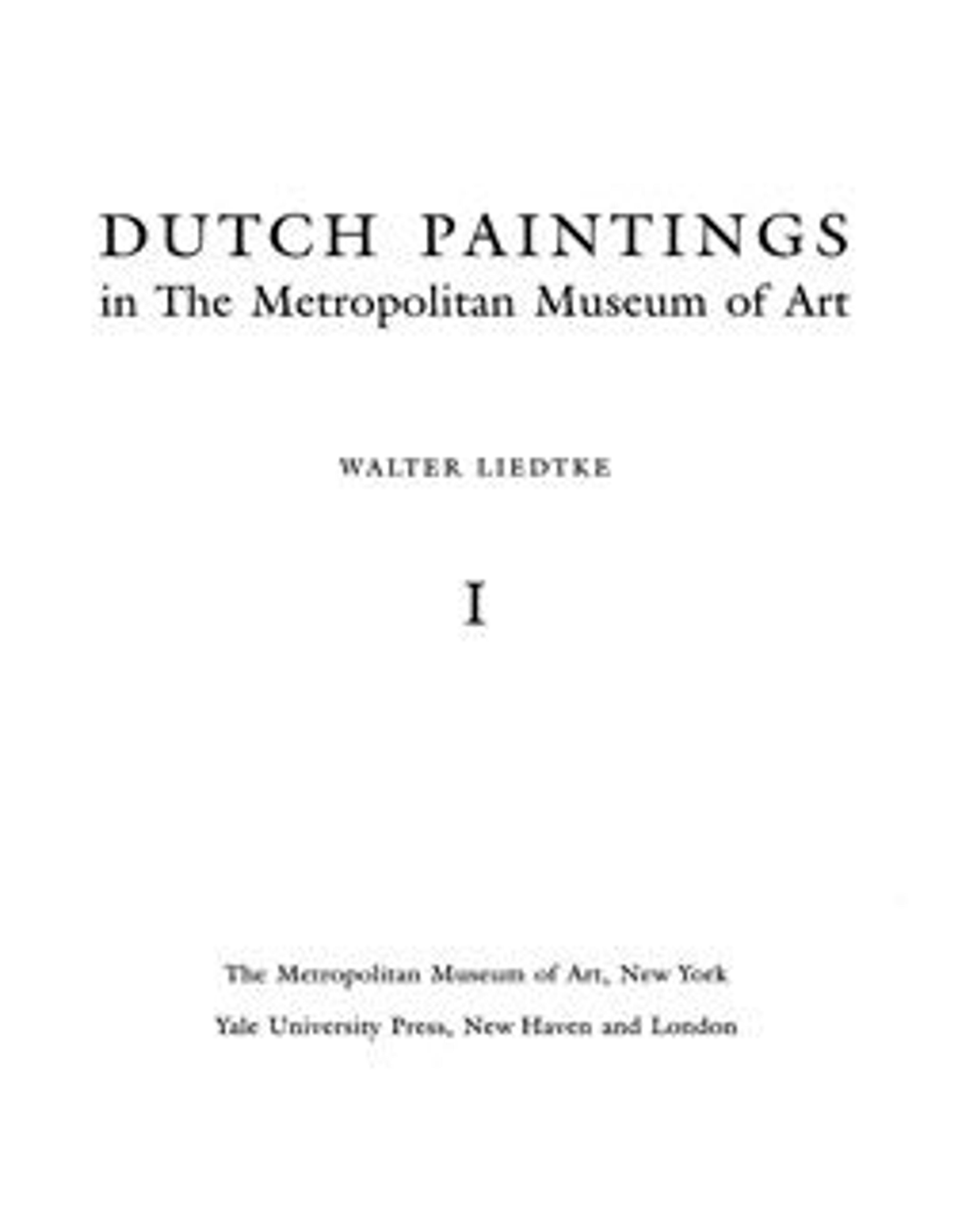Sentimental Conversation
In the 1660s Brekelenkam departed from his more familiar themes of humble tradesmen and housewives in favor of fashionable subjects inspired by Gabriël Metsu and Pieter de Hooch. In this charming scene of courtship the landscape in the background reminded contemporary viewers that love can be a rocky road.
Artwork Details
- Title:Sentimental Conversation
- Artist:Quirijn van Brekelenkam (Dutch, Zwammerdam (?), after 1622–ca. 1669 Leiden)
- Date:early 1660s
- Medium:Oil on wood
- Dimensions:16 1/4 x 13 7/8 in. (41.3 x 35.2 cm)
- Classification:Paintings
- Credit Line:The Friedsam Collection, Bequest of Michael Friedsam, 1931
- Object Number:32.100.19
- Curatorial Department: European Paintings
More Artwork
Research Resources
The Met provides unparalleled resources for research and welcomes an international community of students and scholars. The Met's Open Access API is where creators and researchers can connect to the The Met collection. Open Access data and public domain images are available for unrestricted commercial and noncommercial use without permission or fee.
To request images under copyright and other restrictions, please use this Image Request form.
Feedback
We continue to research and examine historical and cultural context for objects in The Met collection. If you have comments or questions about this object record, please contact us using the form below. The Museum looks forward to receiving your comments.
